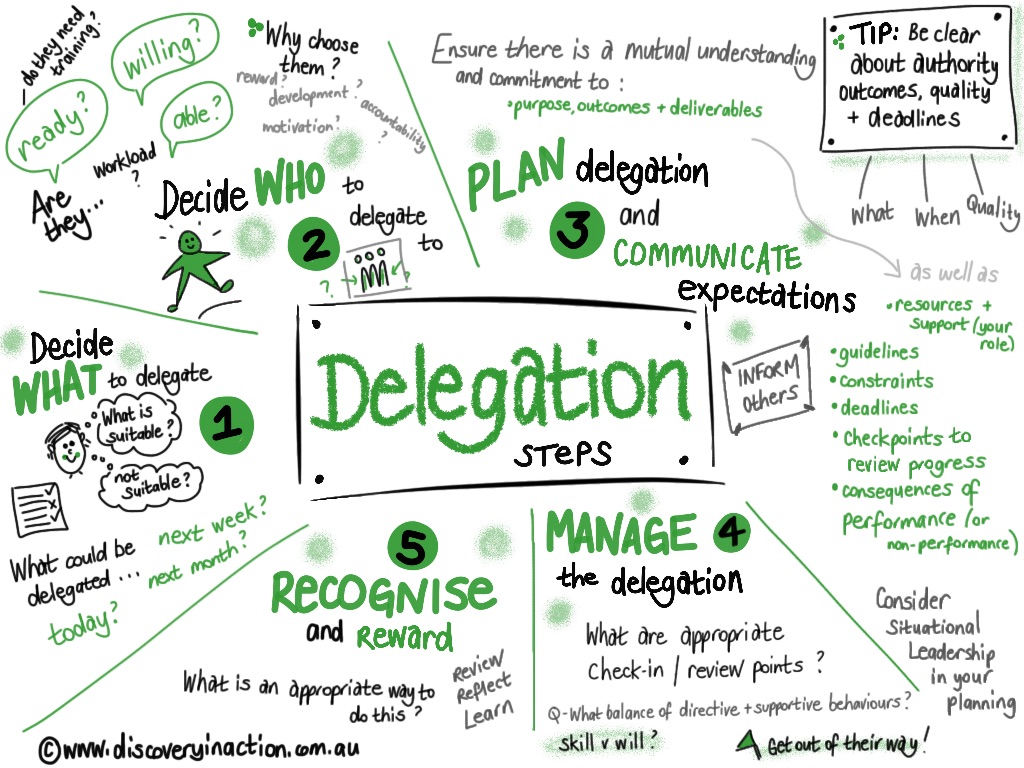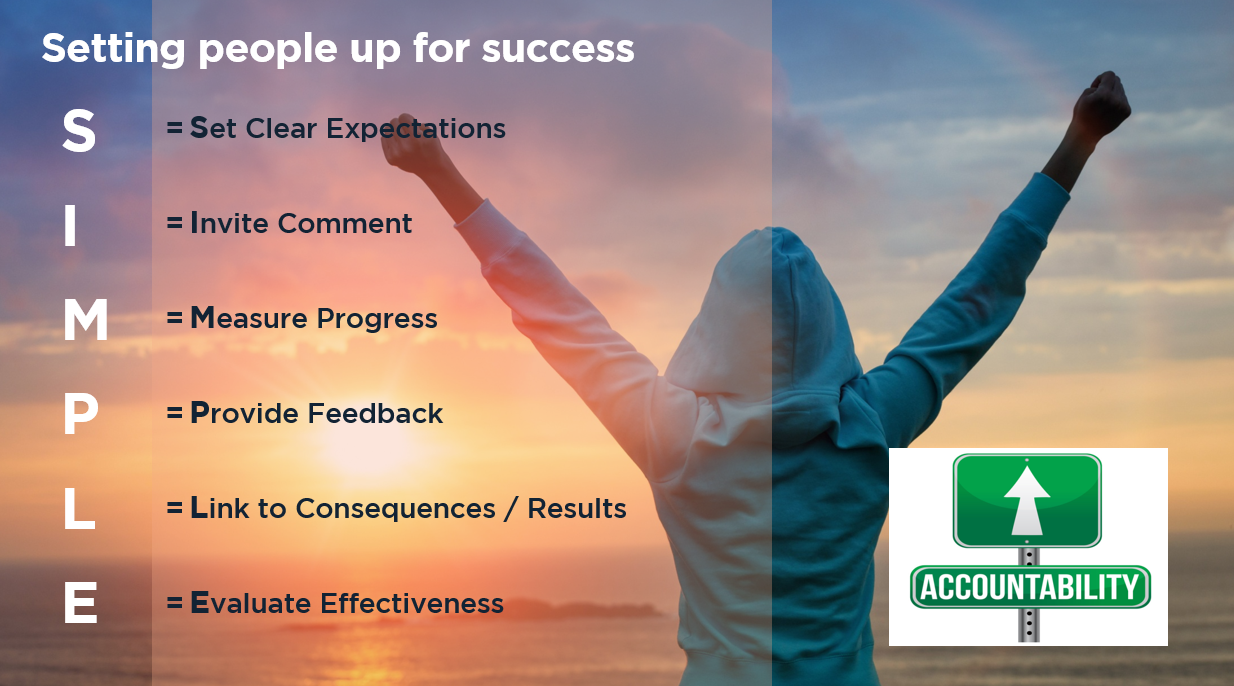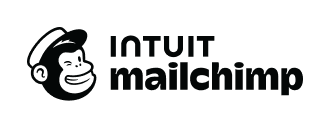A SIMPLE model of accountability
People leaders often talk about the challenge of keeping their team members accountable. Here is a 'simple' model that uses the SIMPLE acronym to remind you of the pieces of the puzzle that assist with setting people up for success :
Follow a “SIMPLE” process for assigning responsibility
S = Set Clear Expectations
- Your team members need to know what is expected of them before they can be held accountable for it. Be clear about what the team member needs to do - ie the what by when and to what standard. Goals help keep us on track. The more clearly these expectations and goals are set up front, the less time will be wasted later clarifying what was really expected.
I = Invite Commitment
- “Just because your employees know what to do doesn’t mean they’ll do it. After goals and expectations are set, employees need to commit to achieving them.”
- Your team member is more likely to do this when they ‘buy in’ to the goal; when they have context for each assigned task. Team members are more likely to connect to a goal when they understand how this goal fits into the ‘bigger picture’ and why achieving it really matters.
- It is also important to allow for frank ‘give and take’ discussions regarding these specifications and limits.
M = Measure Progress
- If you can’t measure it, the ability to hold someone accountable for an assignment of responsibility will be difficult. Information is needed to hold your employees accountable to the expectations that have been agreed. Make sure the system to monitor progress facilitates opportunities for feedback again these dimensions.
P = Provide Feedback
- It is essential that people receive feedback about the progress they are making towards the goal. People’s motivation to increase productivity will only occur when they have a challenging goals and receive feedback about the progress they are making towards that goal.
- People also need an opportunity to understand where they may be falling short of expectations and discuss options for how they can improve performance. Setting expectations followed by quality feedback is the backbone of holding someone accountable for results.
- Ensure the lines of communication remain open so any risks of potential deviation can be managed appropriately.
L = Link to Consequences (or outcomes)
- Employees need to understand the consequences of non-delivery – on all stakeholders. Their commitment to delivery of the goal can be enhanced by this understanding.
- These consequences can also be personal to them. It is important that these consequences are appropriate for the situation, are communicated and understood by all, and if delivery does not occur, they are followed through. This may be uncomfortable for everyone, but fair and reasonable consequences necessary if a culture of accountability is to be maintained.
- On the flip side, it is also important to share the upside of delivery. Linking to the positive benefits or results on the stakeholder, or the individual personally is also powerful.
E = Evaluate Effectiveness
- Review whether the goal has been achieved to the standards agreed.
- Also review the process you followed. What worked? What didn’t? What could be done differently next time?
Click here to see more on this post and to download our tips and hints on holding people accountable.








 Want to sign-up to receive a copy of these monthly leadership tips automatically?
Want to sign-up to receive a copy of these monthly leadership tips automatically?